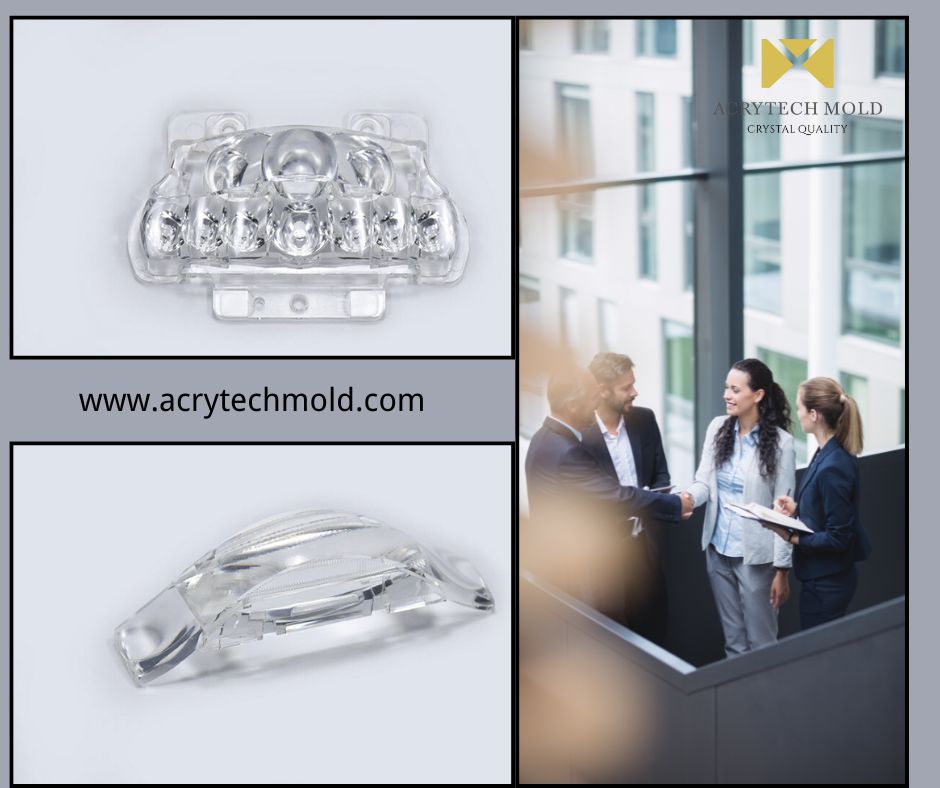2025-05-19 10:10:22
Factors Affecting Shrinkage and Flowability in Injection Molding
In actual molding operations, not only do different types of plastics exhibit different shrinkage rates, but even different batches of the same plastic type, or different sections of the same molded part, often show varying shrinkage values. The main factors influencing shrinkage variation can be summarized into the following four categories:
① Type of Plastic
Each plastic material has its own shrinkage range. However, even within the same type, shrinkage and anisotropy can differ due to variations in molecular weight, filler content, and formulation.
② Part Structure
The shape, dimensions, wall thickness, number and layout of inserts, etc., have a significant impact on shrinkage. Generally, thicker walls lead to greater shrinkage. Complex shapes tend to shrink less than simple ones. The presence of inserts can reduce shrinkage due to mechanical obstruction and localized cooling effects.
③ Mold Structure
Features such as the mold’s parting line, pressure direction, and the design, layout, and dimensions of the gating system directly influence melt flow direction, density distribution, packing effect, and molding cycle, all of which greatly affect shrinkage and orientation. This is especially critical in extrusion and injection molding.
④ Molding Process Conditions
Conditions such as mold temperature, injection pressure, and holding time significantly affect shrinkage. Higher mold temperatures result in slower cooling, greater melt density, and increased shrinkage—particularly for crystalline plastics, which undergo larger volume changes. Uniform mold temperature distribution also affects the consistency and directionality of shrinkage across different parts of the molded piece. Higher injection pressure reduces shrinkage by decreasing melt viscosity and increasing elastic recovery upon demolding. Longer holding times also reduce shrinkage, though they may increase directional shrinkage.
Since shrinkage is not a fixed value but fluctuates within a certain range, variations in shrinkage can lead to dimensional changes in molded parts. Therefore, mold design must comprehensively consider the plastic’s shrinkage range, wall thickness, part geometry, gate design, location, and other molding parameters to determine the appropriate shrinkage values for each part section. For high-precision molding, materials with stable and narrow shrinkage ranges should be selected. Mold allowances should be made, and gradual modifications should be made after trial runs to achieve the required dimensional accuracy.
 Flowability
Flowability
Flowability refers to the ability of the molten plastic to fill the mold cavity under a given temperature and pressure during molding. The flow characteristics of a plastic directly affect many molding parameters, including molding temperature, pressure, cycle time, and the dimensions and design of the mold gating system.
The flowability of a plastic depends on its molecular structure. Linear polymers with little or no crosslinking have higher flowability. Adding fillers tends to reduce flowability, while adding plasticizers or lubricants can enhance it. Proper part design can also improve flow, for example by using rounded corners in runners and part geometry to assist melt flow.
Flowability significantly impacts part quality, mold design, and processing parameters. Plastics with poor flowability may not completely fill the cavity, leading to short shots or weld lines. They often require higher injection pressures to form properly. On the other hand, plastics with high flowability can fill cavities at lower pressures but may cause flash or overflow issues if flowability is excessive.
Therefore, when selecting materials for injection molding, flowability must be matched to the part’s structure, dimensions, and molding method to ensure optimal performance. Mold designs should take flowability into account when determining parting lines, gating system layout, and flow direction. Likewise, appropriate molding temperatures should be chosen based on the plastic’s flow characteristics.

Copyright Xiehong Plastic Mold and Manufacturing Tech Co., Ltd. All rights reserved.
